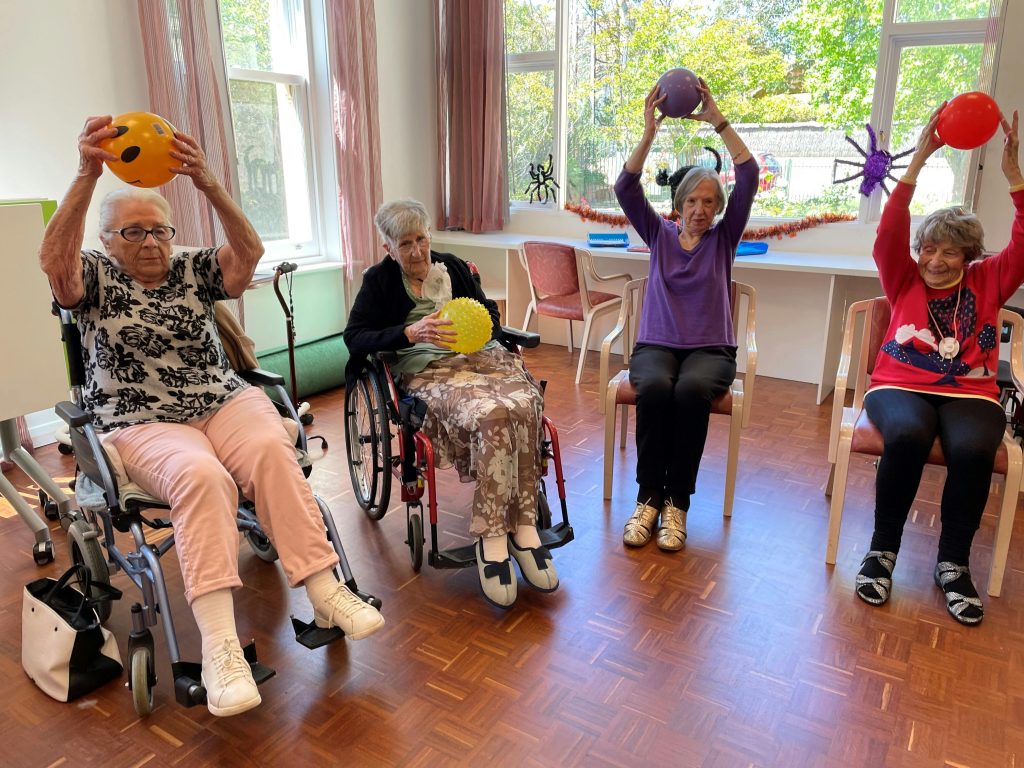In the highly competitive landscape of assisted living, a well-crafted marketing plan is not just a strategic asset but a necessity for success. This comprehensive guide explores the intricacies of developing a robust marketing plan specifically tailored for assisted living facilities. Employing the MECE (Mutually Exclusive, Collectively Exhaustive) framework, this article provides a detailed roadmap, ensuring your facility not only ranks prominently on Google but also establishes a compelling presence in the minds of potential residents and their families.
I. Understanding the Assisted Living Landscape
A. Market Analysis
- Demographic Analysis:
- Identify the target demographic for your assisted living facility.
- Analyze age groups, interests, and specific needs to tailor your services and marketing approach.
- Competitor Analysis:
- Conduct a thorough analysis of competing assisted living facilities in your area.
- Identify their strengths, weaknesses, opportunities, and threats (SWOT analysis).
B. SWOT Analysis for Your Facility
| Strengths | Weaknesses |
|---|---|
| Accreditation & Awards | Limited Online Presence |
| Experienced Staff | Older Facility Design |
| Unique Amenities | Capacity Constraints |
| Opportunities | Threats |
|---|---|
| Growing Aging Population | New Competitors |
| Collaborations with Healthcare Providers | Regulatory Changes |
II. Defining Your Assisted Living Brand
A. Unique Selling Proposition (USP)
- Identifying Your USP:
- Determine what sets your facility apart from others.
- Focus on aspects like specialized care, exceptional staff, or innovative programs.
- Brand Messaging:
- Craft a compelling and consistent message that communicates your facility’s values and commitment to resident well-being.
B. Brand Positioning
- Targeting Your Niche:
- Define the specific niche within the assisted living market that aligns with your facility’s strengths.
- Tailor marketing strategies to resonate with this niche.
- Brand Personality:
- Establish a distinct brand personality that reflects the atmosphere and culture of your facility.
- Incorporate this personality into all marketing materials.
III. Crafting a Multi-Channel Marketing Strategy
A. Digital Marketing
- Website Optimization:
- Ensure your website is user-friendly, mobile-responsive, and optimized for search engines.
- Utilize high-quality visuals and compelling content to engage visitors.
- Content Marketing:
- Develop a content calendar that includes blog posts, videos, and infographics.
- Address common concerns, share success stories, and provide valuable information about assisted living.
B. Social Media Marketing
- Platform Selection:
- Choose social media platforms based on your target demographic.
- Engage with families, share facility updates, and showcase the vibrant community.
- Paid Advertising:
- Utilize targeted ads on platforms like Facebook to reach specific demographics.
- Promote events, virtual tours, and highlight unique aspects of your facility.
C. Traditional Marketing
- Print Collaterals:
- Design visually appealing brochures and pamphlets.
- Distribute materials in local businesses, doctor’s offices, and community centers.
- Events and Expos:
- Participate in health and senior expos to connect with the local community.
- Host on-site events to showcase your facility and engage with potential residents.
IV. Implementing Data-Driven Campaigns
A. Analytics and Measurement
- Setting Key Performance Indicators (KPIs):
- Define measurable goals such as website traffic, lead generation, and event attendance.
- Utilize tools like Google Analytics to track performance.
- Conversion Tracking:
- Implement tracking mechanisms for online inquiries, scheduled tours, and other conversion actions.
- Analyze data to understand the effectiveness of different marketing channels.
B. A/B Testing
- Email Campaigns:
- Test different subject lines, content formats, and visuals.
- Determine which elements lead to higher open rates and click-through rates.
- Ad Copy and Design:
- Experiment with variations in ad copy, images, and calls-to-action.
- Optimize based on performance metrics to enhance ad effectiveness.
V. Budgeting and Resource Allocation
A. Allocating Resources Effectively
- Budget Planning:
- Determine a realistic marketing budget based on your facility’s financial capabilities.
- Allocate resources based on the most effective marketing channels for your target audience.
- Outsourcing vs. In-House:
- Evaluate whether certain marketing functions are better handled in-house or outsourced.
- Consider the expertise needed for digital marketing, graphic design, and content creation.
B. Return on Investment (ROI) Analysis
- Measuring ROI:
- Track the costs associated with each marketing channel.
- Calculate the return on investment for lead generation, resident acquisition, and brand awareness.
VI. Compliance and Legal Considerations
A. Regulatory Compliance
- Advertising Standards:
- Ensure all marketing materials comply with state and federal regulations.
- Clearly communicate the level of care your facility provides.
- Privacy Considerations:
- Obtain proper consent before featuring residents or staff in marketing materials.
- Safeguard sensitive information in accordance with healthcare privacy laws.
VII. Crisis Management and Contingency Planning
A. Preparedness for Unexpected Events
- Communication Protocols:
- Develop a crisis communication plan to address any negative publicity or unforeseen challenges.
- Establish protocols for responding to online reviews, addressing concerns, and maintaining transparency.
- Adapting Strategies:
- Be prepared to adapt marketing strategies based on changes in the assisted living landscape.
- Stay informed about industry trends and evolving consumer preferences.
VIII. Conclusion
In conclusion, developing a comprehensive assisted living marketing plan requires a meticulous approach that considers every facet of your facility, target audience, and industry landscape. By following the MECE framework and addressing each element with detailed precision, your facility not only enhances its visibility on Google but also establishes a powerful and resonant presence in the hearts and minds of potential residents and their families. Commit to continuous improvement, adaptability, and a genuine commitment to resident well-being to ensure sustained success in a competitive market.



